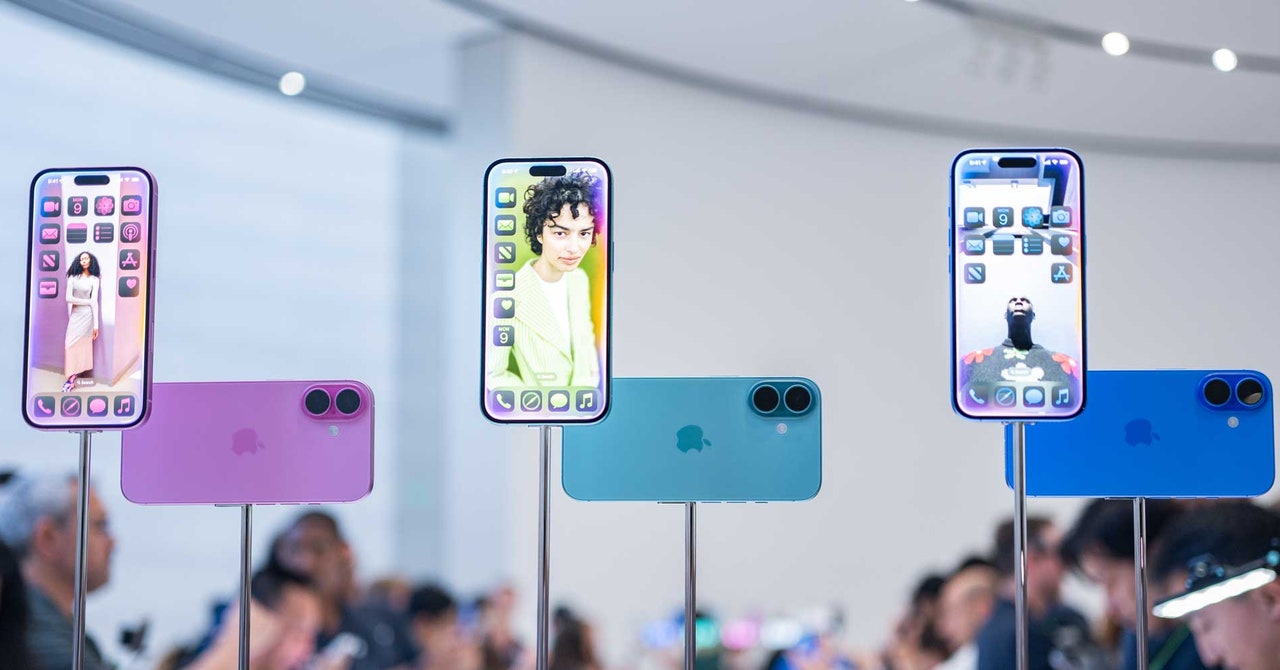Opening a canvas is easy: just add a phrase like “use canvas…” or “launch canvas…” to your prompt and the new window will appear. For some writing prompts, such as requests to generate a draft of a blog post, the GPT-4o model is trained to launch a canvas without even invoking the tool if it is deemed useful. For coding projects, the model launches a canvas only when directly requested.
While both writing and coding modes offer the option to request inline editing, the split canvas UI is designed with one additional set of shortcuts for those focused on AI-assisted writing, and another for programmers. In the demo, Levine showed how the writer’s shortcut can be used to condense the word count into a canvas or attempt to put a “final polish” on a draft. It also uses one of the more carefree shortcuts to add a bunch of random emoticons. On the developer side, ChatGPT can add logs, comments, and try to debug issues in canvas.
ChatGPT saves different versions of the canvas as you iterate, so you can revert to old versions if you end up preferring that output. Writers who may be concerned that what they upload is being used by OpenAI to train its model should go into their user settings and make sure “model training” is turned off.
By allowing ChatGPT to make edits as well as suggestions, OpenAI blurs the line between authorship and word order. As someone who works with professional editors on a daily basis, I’m skeptical that the canvas beta will match their insightful notes and careful guidance. But for people who don’t have easy access to human writing partners, I can see how getting synthetic notes on a composition about structure and content would be beneficial.
It’s worth noting that three people listed as “supporting management” of the canvas project are no longer with the company. Former graduate colleague and co-founder John Shulman left in August and now works at Anthropic, a rival AI company. In addition, former CTO Mira Muratti and VP of Research Barrett Zoff stepped down from their positions a week before this launch. In a press conference at OpenAI’s office after the departure, current chief product officer Kevin Weil reiterated the company’s commitment to continuing to release software.




